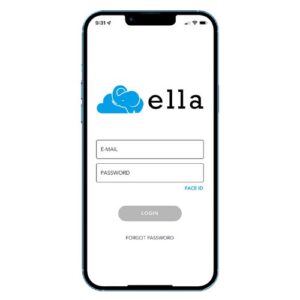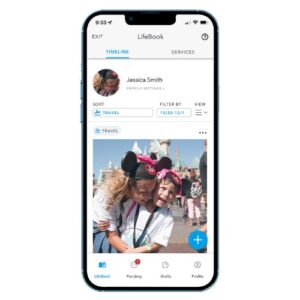What is a LifeBook and How Does It Help My Foster Child?
For many children in foster care, the simple act of looking back on their childhood is an impossible task. They often don’t have the photos, keepsakes, or memories that most of us take for granted. As they bounce from home to home, the continuity needed to preserve their history is often lost, and many children grow up without any tangible memories of their early years. This is where the concept of a LifeBook becomes so important. But what is a LifeBook?
What is a LifeBook?
A LifeBook is a way to capture and preserve a child’s life story. They are sometimes described as scrapbooks, but for kids in the system, they are much more than that. LifeBooks represent a guided journey through the child’s life, helping to document the many moves, changes, and challenges they face as they navigate the system.
Traditionally, LifeBooks are created in binders, filled over the years with paper inserted into protective cover sheets to safeguard their contents. However, because of the uncertain nature of foster care, these physical books are vulnerable to being lost or damaged, leaving children with no record of their past.
These books include important details many foster and adoptive children lose access to: medical and family history, school photos, drawings, legal documents, family keepsakes, and other cherished keepsakes. Each page serves as a reminder of where the child has been, the people who cared for them, and the goals they are working toward.
Unfortunately, many foster youth leave the system without any physical memories of their early years.
Who Creates LifeBooks?
Creating a LifeBook is often a team effort. Social workers, therapists, foster parents, biological family members, educators, and mentors all contribute pieces of the child’s story. With care and encouragement, they help children fill their books with important milestones, family roots, school experiences, and heartfelt moments that might otherwise fade away.
Why is a LifeBook Important?
LifebBooks offer children in care shaping their identity and having a sense of belonging. They play a crucial role in:
- Self-Discovery: By compiling their stories and experiences, children in care can gain a deeper understanding of themselves. This process of self-discovery is critical, especially for young people navigating their identities.
- Empowerment: A LifeBook empowers children to take control of their narratives. It allows them to acknowledge their past while fostering a sense of hope for the future.
- Connection and Communication: For the families involved, the LifeBook serves as a bridge. It encourages communication, enhances relationships, and promotes understanding among every family that took part in this child’s life journey.
- Therapeutic Benefits: Engaging with one’s life story can be a therapeutic experience. It allows children in care to process their emotions, confront past traumas, and ultimately find healing.
Children without a LifeBook often struggle academically and socially because they lack the foundation for a comprehensive personal narrative. A LifeBook fills gaps in their past, offering stability and connection at times when it’s needed most.
How Foster Love and the Ella App Are Changing the Future of LifeBooks


Ella is revolutionizing how we preserve memories for children in care by offering a secure digital platform where social workers and caregivers can store photos, notes, and important milestones all in one place.
Rather than worrying about lost paper books, kids can now access their memories safely and securely anytime. Ella is literally changing the industry for the better—ensuring that every child has the opportunity to look back, feel proud, and know their story is valued.
If you’re ready to learn more about creating a digital LifeBook, visit Ella Care.
Together, we can help every child in foster care hold onto the beautiful moments that shape who they are.



